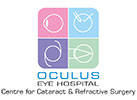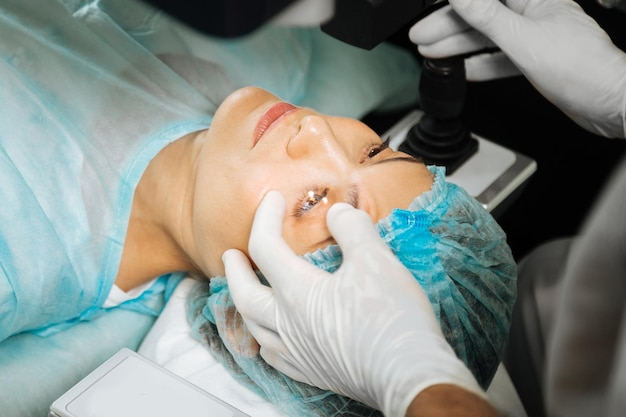Why Squint Surgery Can Be a Vital Solution
Squint surgery can be a reliable solution to realign the eye muscles, improving not just appearance but vision too. When the eyes are aligned correctly, it becomes easier to see clearly. Untreated squints can lead to various problems. Vision may become disturbed, and social situations might feel uncomfortable. Friends or classmates might notice, which can be challenging, especially for kids. This is why it’s essential to address it.
There are distinctions between children and adults when it comes to treatment. Squint surgery for kids is often focused on correcting their vision early to prevent further issues. In adults, sometimes previous surgeries need adjustments, or new treatments are required. Adults might develop a squint due to other health conditions, and the treatment approach will vary. Understanding these differences is key. Plus, for everyone, surgery aims to offer the best chance of improved clarity and ease.
Preparing and Undergoing the Squint Surgery Procedure
Preparing for squint surgery involves several steps, ensuring the process is smooth and less worrisome. First, talk to your eye doctor about the surgery and what you can expect. They will likely do some tests to assess the eyes and discuss what’s best for your condition. It’s important to have these preoperative assessments to tailor the squint surgery procedure to your needs.
Before the surgery, you might be asked to stop certain medications and avoid eating or drinking for a few hours. It’s just to make sure the surgery goes smoothly. On the surgery day, you’ll arrive at the clinic or hospital. Usually, patients receive anesthesia, so there’s no pain during the surgery. Whether you receive local or general anesthesia depends on the specific procedure and your doctor’s recommendation.
Here’s a simple breakdown of what happens during the surgery: 1. Anesthesia: You’ll receive an anesthesia to keep you comfortable. 2. Surgery: The surgeon will make a small cut in the tissue covering the eye to access the muscles. 3. Realignment: The muscles controlling the eyes are adjusted. This helps align the eyes properly. 4. Closure and Recovery Area: Once realigned, stitches close up the tissue, and you’ll be moved to a recovery area for observation.
The operation aims at correcting the alignment, thus enhancing vision clarity. Overall, while the procedure might sound daunting, it’s designed to be as smooth as possible.
Post-Surgery Experience: Recovery and Aftercare
After the squint surgery procedure, knowing what to expect can make the squint surgery recovery time less stressful. Initially, you might feel some discomfort or blurred vision, but this is temporary. The eye will need some time to heal, usually taking a few weeks. During the squint surgery recovery time, taking care of your eyes is important:
- Rest: Give your eyes plenty of time to rest. Avoid strain from screens and reading, especially in the first few days.
- Eye Drops: Your doctor will prescribe eye drops. They help in healing and preventing infection.
- Protect Your Eyes: Wearing sunglasses outdoors can shield from bright light and dust.
It’s key to adhere to these squint surgery aftercare instructions for optimal healing. You might experience common squint surgery side effects like redness, soreness, or a gritty feeling, but these diminish as the eyes heal.
While rare, some experience squint surgery complications. This could include infection or even needing another procedure. However, the success rate of squint surgery is generally high due to advances in techniques and expertise.
Lifestyle adjustments might also be required during recovery. Limit rigorous activities and avoid swimming until fully healed, as advised by your doctor. Keeping follow-up appointments helps in monitoring progress and addressing any issues.
Overall, with proper care and attention, many find that their vision improves markedly, and daily life becomes more comfortable. The benefits often outweigh the initial challenges, enabling individuals to gain the confidence to engage more fully in activities they previously struggled with. With a bit of patience and diligence, squint surgery can be a positive turning point for many.
By understanding each phase of the procedure, you’re well-equipped to take the necessary steps towards clear, aligned vision. Whether for yourself or a loved one, take solace in knowing that this procedure can significantly enhance life’s quality.


